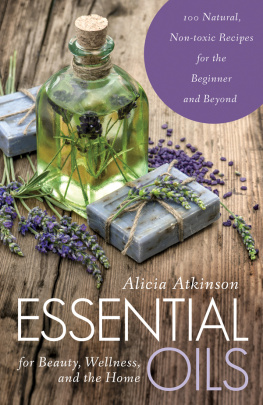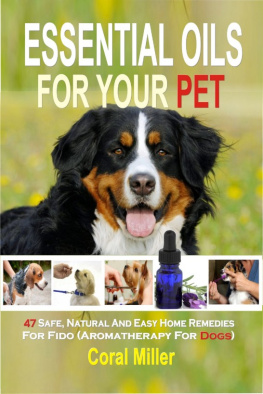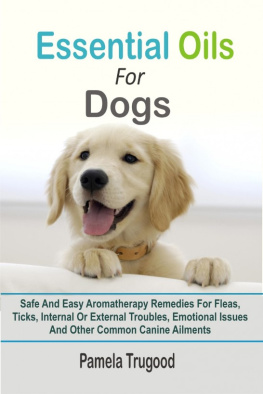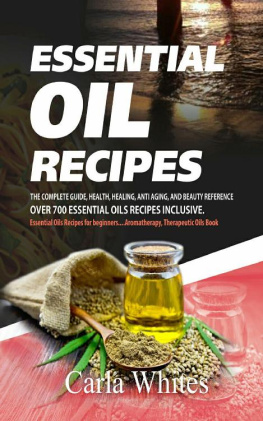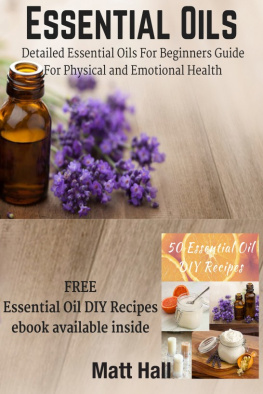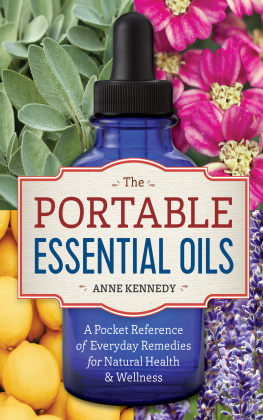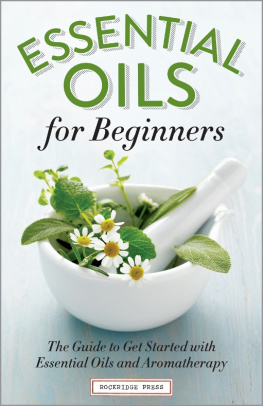Copyright 2015 by Alicia Atkinson
All rights reserved. No part of this book may be reproduced in any manner without the express written consent of the publisher, except in the case of brief excerpts in critical reviews or articles. All inquiries should be addressed to Skyhorse Publishing, 307 West 36th Street, 11th Floor, New York, NY 10018.
Skyhorse Publishing books may be purchased in bulk at special discounts for sales promotion, corporate gifts, fund-raising, or educational purposes. Special editions can also be created to specifications. For details, contact the Special Sales Department, Skyhorse Publishing, 307 West 36th Street, 11th Floor, New York, NY 10018 or .
Skyhorse and Skyhorse Publishing are registered trademarks of Skyhorse Publishing, Inc., a Delaware corporation.
Visit our website at www.skyhorsepublishing.com.
10 9 8 7 6 5 4 3 2 1
Library of Congress Cataloging-in-Publication Data is available on file.
Cover design by Jane Sheppard
Cover photo credit: iStock Photography
Print ISBN: 9781-63450495-9
Ebook ISBN: 9781-51070161-8
Printed in the United States of America
Disclaimer: The material in this book is not meant to take the place of a diagnosis and treatment by a qualified medical practitioner. All recommendations herein contained are believed to be effective, but since actual use of essential oils by others is beyond the author's control, no expressed or implied guarantee as to the effects of their use can be given nor liability taken.
Contents
PART ONE
Introduction to Essential Oils
WHAT ARE ESSENTIAL OILS?
The simplest way to describe essential oils is by their function: essential oils are essentially a plants own medicine and communication system. They help plants ward off disease and invaders, and to heal themselves when they get damaged. Essential oils also allow plants to attract animals that help plants with pollination. Essential oils exist within the leaves, flowers, stems, roots, berries, resin, and bark of plants.
Scientifically, essential oils are complex secondary metabolites. This means, they are not the building blocks of the plant such as proteins and carbohydrates, but are made by the plant for its benefit. Secondary metabolites do not feed the plants, nor are they mandatory for their daily survival. However, secondary metabolites have developed to increase the long-term survival of individual plants and their species as a whole. Secondary metabolites are unique to certain plant groups as opposed to primary metabolites that are found in all plant species. Besides aromatic essential oils, a common secondary metabolite is pigmentation. Pigments attract or repel animals, as well as protect plants from sun damage and fruits from spoilage. Essential oils also perform these functions and many others.
Essential oils are also not singular compounds; they are instead a mixture of many, many chemical constituents that work together to benefit the plant. While each compound itself has certain benefits, the essential oil as a whole is more effective than the individual compounds. This synergistic effect also takes place between different essential oils when they are used in combination. Gas spectrometers are often used to break essential oils down to assess their individual compounds. The names of many of these compounds are listed with the most common essential oils in this book, but there are certain types of compounds that are found in most essential oils. The most prevalent compounds in essential oils are terpenes, which are hydrocarbon molecules with a different amounts of hydrogen atoms (which give them their classifications), but always ten carbon atoms. Other compounds and molecules commonly found in essential oils include alcohols, aldehydes, ethers, ketones, alkaloids, and acids.
In order to retrieve these compounds and use them beneficially for humans, we either cold-press them out of rinds or flowers, use solvents to extract them, or most commonly, we use steam distillation to retrieve them. These processes purify the essential oils, also known as essence oils or volatile oils, and condense them down into a potent mixture of compounds.
WHY USE ESSENTIAL OILS?
There are a slew of reasons why you should use essential oils, but simply put the main reason is because they are good for you. Essential oils work with your body instead of against it. Human beings have co-evolved alongside the plants that are used for their essential oils. Since prehistoric times, humans have been using plants as medicine, and essential oils are the concentrated form of these plants.
The ways in which essential oils benefit us, and how we have used them for generations, is wide and varied. Essential oils can heal wounds; relieve indigestion; kill and inhibit bacteria, viruses, fungi, and parasites; reduce inflammation; detoxify the liver; act as antioxidants by reducing free radicals; relieve pain; soothe irritation; improve mood by reducing stress, anxiety, and depression; help the lymphatic system; repel pests; stimulate our minds; relax our bodies, minds, and muscles; help us sleep; reduce muscle spasms; act as an astringent; deodorize; prevent and reduce the growth of cancer cells; encourage mucus loosening in the lungs; act as a diuretic; reduce blood pressure; affect the nervous system; increase feelings of attraction; increase circulation; stimulate hormone production; and much, much more. Research is still being done on all the benefits of essential oils.
The methodology in which essential oils perform these functions is an important part of why they are beneficial to humans in addition to the plants they derive from. Typical medications are an important part of personal health and many of these medications are derived from plants. Much of the research done on essential oils focuses on their antimicrobial functions against gram-negative (having a thin membrane) and gram-positive (having a thick membrane) bacteria, viruses, fungi, phage, and parasites. One of the reasons that essential oils are so effective against microbes is because they are lipophilic, meaning that they are oil soluble instead of water-soluble. This allows essential oils to interact with cell membranes and affect the behaviors of those cells. Which includes destroying cells that contain viruses or are making us sick.
This ability to interact with cells does not just make essential oils antimicrobial. It also helps them to affect the systems of the human body. Before we had the current scientific methodologies to study and distill essential oils, human beings were using them directly from the plants. Our first ancestors burned herbs and resins as incense. This practice still exists today, but also gave way to creating aromatic oils by steeping herbs, flowers, and resins in oils. The ancient Egyptians and Ayurvedic practitioners in India used these aromatic oils for healing and perfumery. The ancient Egyptians priests even used aromatic oils for mummification and may have had an understanding of distillation. The use of oils for perfumery, religion, and health was passed on to the Ancient Greeks and Romans and even appears multiple times in the Bible. The Arabs brought the final touch of distillation to perfumery and spread this art further around the world. The healing abilities of plants have been researched since that time and that body of knowledge continues to grow today.
Using essential oils gives you the ability to be in control of your health and well-being. They in no way are meant to replace the important relationship you have with your health practitioner, but instead are one of many tools that are necessary to maintain your health. Just as what you eat, where you live, how active you are, and what you do all day affect your health, essential oil use is a choice you make that influences your well-being. Essential oils make for great preventative measures. They give you a place to start on your journey toward a vibrant and healthy lifestyle.

